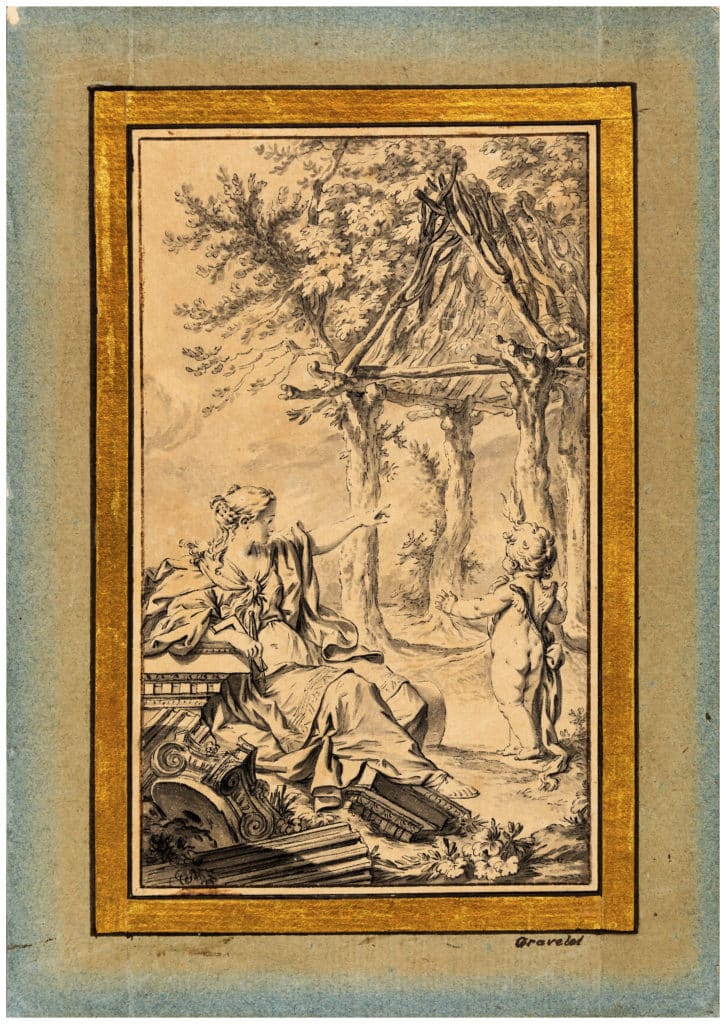A.L.T. Vaudoyer

Antoine-Laurent-Thomas Vaudoyer’s Maison d’un Cosmopolite is part of a series of projects from the end of the 1780s and 1790s that try to think about the sphere as a built volume. The most famous is Boullée’s Newton Cenotaph but it is one among many. It is not only the sphere that is fashionable at the time, but any kind of simple geometrical form: the square and the cube – also the pyramid, but the pyramid is associated with death. Many projects feature the sphere, such as Ledoux’s Ideal City at Chaux, and Vaudoyer is in exactly the same circle, though slightly younger. He designs this for a cosmopolitan man – basically someone who belongs to the entire planet, hence the spherical form. Ledoux’s is an example of ‘architecture parlante’, architecture from the hut to the tent, which returns to the fundamentals of architecture. For some these fundamentals are found in nature itself: consider, for example, Laugier’s famous hut, in which the trees are the shaft and the branches the beams. For others it is found in geometry, the universal language since the Renaissance.

Vaudoyer’s design is mostly a reaction against Vitruvius, akin to Boullée’s in his manuscripts: Vitruvius defines architecture as the art of building, which it is not: it is the art of communicating. It is a language, like painting or poetry. So the aim is to find the language common to the entire human race, and the basic language is either analogy – for example, Jean-Jacques Lequeu wanting to design a dairy house in the shape of a cow – or it is the use of very simple geometrical forms, which speak to anyone. For them the most useful and the strongest of these forms is the circle or the sphere, and many plans at the time are based on the circle, an infinite form – and the practicality of which is of course a nightmare. It’s really linked to the theory of the sublime as developed since the middle of the century by theorists like Burke, the idea of feeling dwarfed by the immensity of the world: it has to scare you, and yet the idea is that you find a pleasure in fear and awe. These drawings are not meant to be built but rather to be admired: they invite you to dream at a larger scale.

– Mari Lending